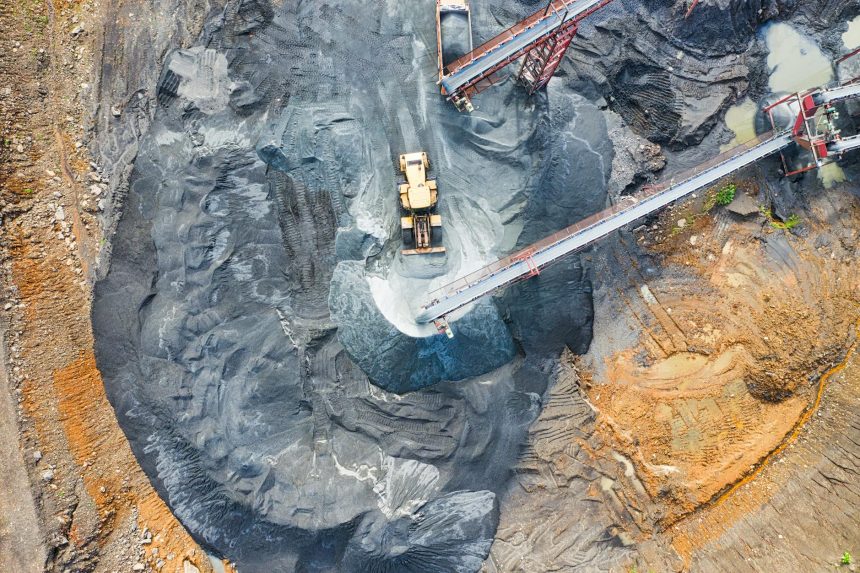Battery Technology: 5 Ways to Power America’s Future Now
The global energy landscape is undergoing a monumental transformation, with the silent hum of innovation driving us toward a future powered by advanced solutions. At the heart of this revolution lies **battery technology**, a critical component dictating everything from our smartphones to electric vehicles and grid-scale energy storage. Yet, as certain nations solidify their dominance in key minerals and manufacturing, a pressing question emerges: how can countries like the United States reclaim leadership and secure a resilient energy future?
This article delves into the intricate dynamics of global battery production, explores groundbreaking innovations, and outlines strategic pathways for boosting domestic capabilities. We’ll uncover why securing a robust supply chain for these essential powerhouses isn’t just an economic imperative, but a geopolitical necessity.
Understanding the Current Landscape of Battery Technology Dominance
The race for energy independence is inextricably linked to who controls the production of advanced batteries. This control extends beyond mere manufacturing, reaching deep into the extraction and processing of critical raw materials.
China’s Stranglehold on Rare Earths and Battery Manufacturing
For decades, China has strategically positioned itself as the undisputed leader in both rare-earth mineral processing and the manufacturing of various battery components. This dominance creates significant supply chain vulnerabilities for nations heavily reliant on these resources.
- **Global supply chain concerns:** A single point of failure in the supply chain for essential minerals like lithium, cobalt, and graphite can have ripple effects across numerous industries, from consumer electronics to defense.
- **Economic implications:** Reliance on foreign sources for critical components can lead to price volatility and potential supply disruptions, impacting national economic stability and industrial growth.
This concentrated control poses a challenge to global energy security and innovation.
The Geopolitical Stakes of Advanced Battery Technology
Control over advanced **battery technology** is more than an industrial advantage; it’s a lever of geopolitical influence. Nations with robust domestic battery ecosystems gain significant strategic advantages, influencing global trade, technological standards, and military capabilities.
The ability to power electric vehicles, store renewable energy, and equip modern defense systems hinges on access to cutting-edge energy storage. This makes the competition for battery supremacy a high-stakes game on the world stage.
Innovations Driving the Future of Battery Technology
The pursuit of more efficient, sustainable, and powerful energy storage solutions is relentless. Researchers worldwide are pushing the boundaries of what’s possible, moving beyond the conventional.
Beyond Lithium-Ion: Exploring Next-Generation Battery Solutions
While lithium-ion batteries currently dominate the market, their limitations in terms of cost, energy density, and material sourcing are driving the development of promising alternatives. These innovations promise to revolutionize energy storage.
- **Solid-state batteries:** These batteries use solid electrolytes instead of liquid ones, offering higher energy density, improved safety, and faster charging times. They are a key focus for electric vehicle advancements.
- **Sodium-ion batteries:** Utilizing abundant and inexpensive sodium, these batteries present a compelling alternative to lithium, particularly for grid-scale storage and less demanding applications.
- **Flow batteries:** Ideal for large-scale, long-duration energy storage, flow batteries separate energy and power components, allowing for flexible scaling and extended discharge times.
These advancements are crucial for diversifying our energy storage portfolio and reducing reliance on specific critical minerals.
Sustainable Sourcing and Ethical Production in Battery Technology
As the demand for batteries skyrockets, so does the scrutiny on their environmental and social impact. Sustainable sourcing, ethical mining practices, and advanced recycling processes are becoming non-negotiable aspects of responsible battery development.
Innovations in battery recycling, often referred to as “urban mining,” aim to recover valuable materials from end-of-life batteries, reducing the need for virgin mineral extraction and minimizing waste. Learn more about global efforts in sustainable battery value chains from the World Economic Forum.
Strategies for Boosting Domestic Battery Technology Production
To mitigate risks associated with foreign dependence, nations are implementing strategic initiatives to bolster their own battery manufacturing capabilities and secure critical mineral supply chains.
Government Initiatives and Investment in US Battery Technology
The United States, for example, is actively investing in domestic battery production and research. Policies aimed at incentivizing manufacturing, developing a skilled workforce, and funding cutting-edge R&D are crucial for establishing a competitive edge.
These efforts include grants for new battery factories, tax credits for electric vehicle purchases, and investments in advanced materials science. The goal is to build a robust, self-sufficient ecosystem for battery innovation and production.
Diversifying the Supply Chain for Critical Battery Minerals
Reducing reliance on a single source for rare-earth minerals and other critical battery components is paramount. This involves exploring new mining opportunities, fostering international partnerships with diverse suppliers, and investing in advanced processing technologies.
Furthermore, supporting domestic mining and refining operations, while adhering to stringent environmental standards, can significantly enhance supply chain resilience. The U.S. Department of Energy provides insights into national strategies for securing the battery supply chain.
The Road Ahead: Challenges and Opportunities in Battery Technology
While the path to energy independence through advanced batteries is promising, it is not without its hurdles. Continuous innovation and strategic foresight are essential.
Overcoming Hurdles in Research and Development
Developing next-generation **battery technology** requires substantial investment in research, overcoming scientific challenges, and accelerating the transition from lab to commercial scale. Collaboration between academia, industry, and government is vital for rapid progress.
The quest for higher energy density, faster charging, and longer lifespan demands persistent effort and significant capital. Breakthroughs in materials science and manufacturing processes will be key.
Securing a Resilient Future with Advanced Energy Storage
The long-term vision involves not just producing batteries, but creating an entire circular economy around them. This includes design for recyclability, second-life applications, and efficient end-of-life management.
A resilient future is one where energy storage is abundant, affordable, and ethically sourced, powering a sustainable world for generations to come. This future is within reach with concerted effort and strategic investment.






